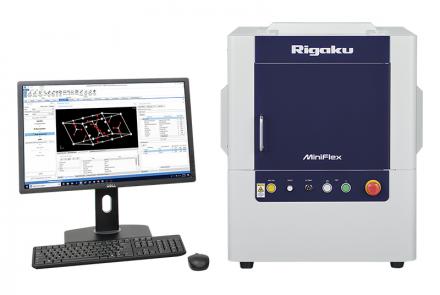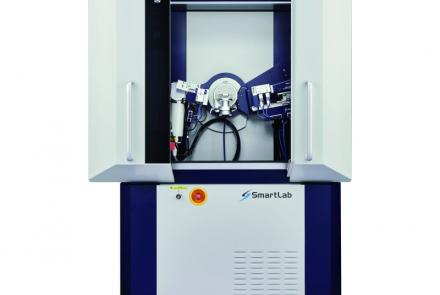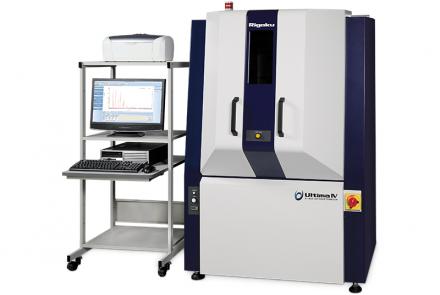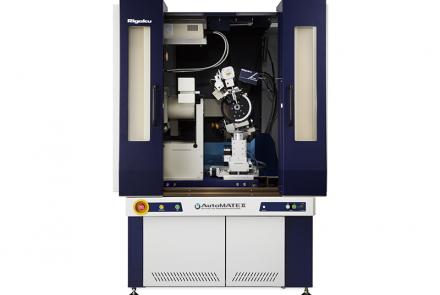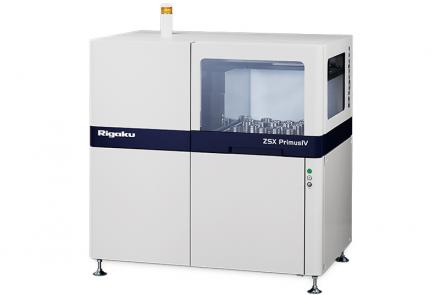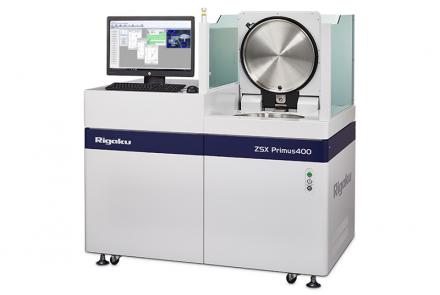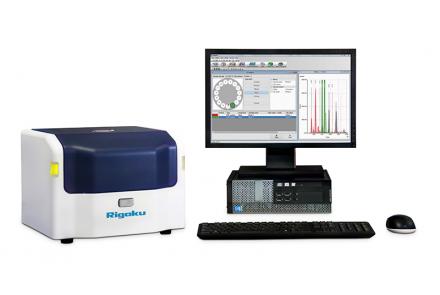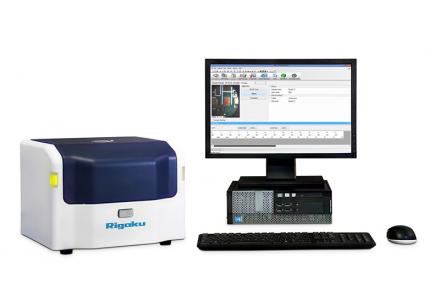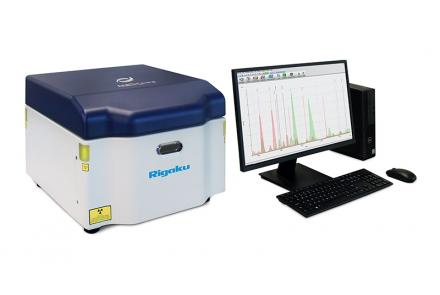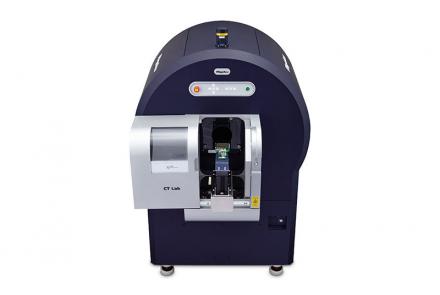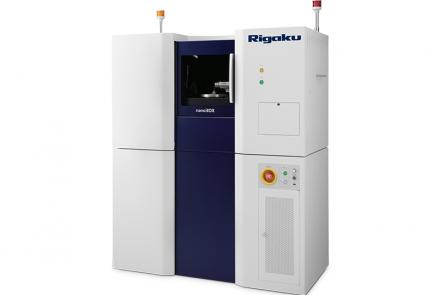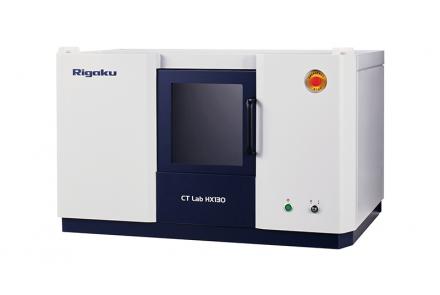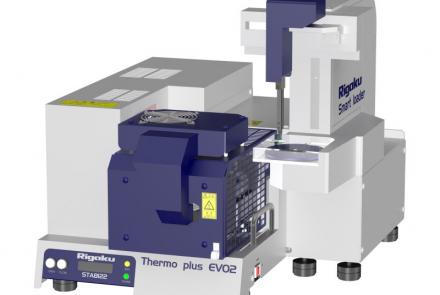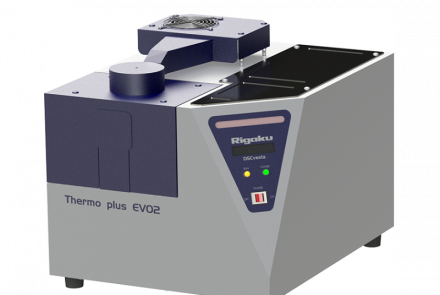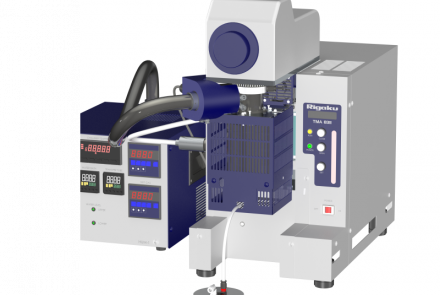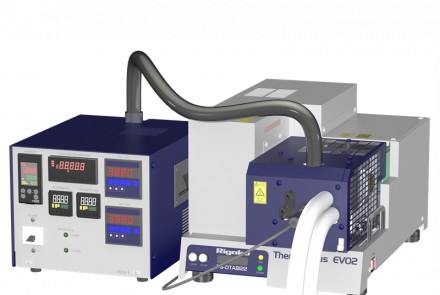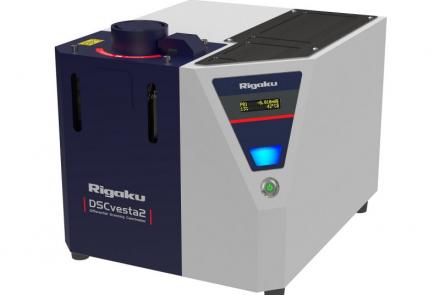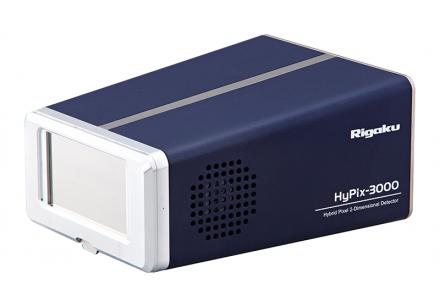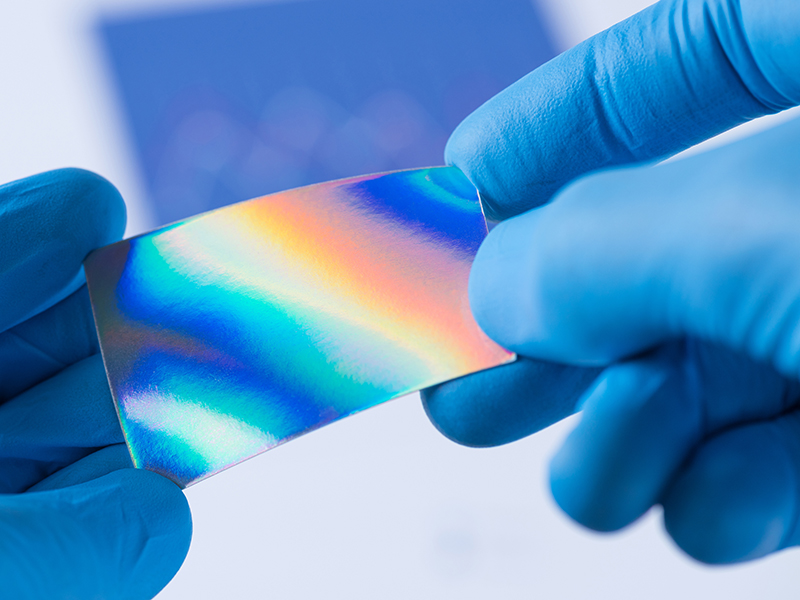
Element / phase analysis and molecular structure
Characterization and compositional analysis of substances like metals, ceramics or plastics that are part of any application—including space science, defense technology or any other kind of technology or product—are key in material science. X-ray technology can investigate elemental composition and layer thickness by X-ray Fluorescence (XRF) in semiconductors or other new materials. X-ray Diffraction and Scattering are primary techniques to study crystalline phases, their degree of crystallinity or crystallographic structure and orientation, texture or residual stress. XRT (X-ray topography) investigates crystalline defects in advanced materials like semiconductors, and X-ray reflectometry (XRR) measures layer thicknesses, roughness and interlayer diffusion. Associated diffuse scattering methods like SAXS examine the nature of the molecular structure of films, coatings and layers or particles in disciplines like biology, chemistry, physics, and engineering. Rigaku advanced technology and experience provide a variety of non-destructive, state-of-the-art analytical solutions and services for your materials.
Application Notes
The following application notes are relevant to this industryXRD
Small Molecule, Single crystal
WDXRF
X-ray Imaging
EDXRF
XRD, SAXS
Protein, Single crystal
X-ray CT, Computed tomography
Single crystal, XRD
Total reflection XRF (TXRF)
Rigaku recommends the following systems:
Single crystal
Fast, flexible single crystal X-ray diffractometer with the latest generation sources and HPC X-ray detectors, perfect for any crystallography lab
A benchtop single crystal X-ray diffractometer with the latest technology HPC X-ray detector, ideal for self-service crystallography.
An upgradeable single crystal X-ray diffractometer for structural analysis of small molecule samples
Single crystal X-ray diffractometer with high-flux microfocus rotating anode X-ray generator
Single crystal X-ray diffractometer with custom enclosure and flexibility for easy integration of accessory components
XRD
New 6th-generation general purpose benchtop XRD system for phase i.d and phase quantification
Advanced state-of-the-art high-resolution XRD system powered by Guidance expert system software
High-performance, multi-purpose XRD system for applications ranging from R&D to quality control
Stress
Laboratory micro-spot XRD residual stress analysis with both iso- and side-inclination methods
Small Molecule
User-inspired data collection and data processing software for small molecule and protein crystallography
WDXRF
Sequenzielles WDRFA-Spektrometer mit hoher Leistung, Röhre oberhalb der Probe, mit ZSX Guidance Systemsoftware
EDXRF
High-performance, Cartesian-geometry EDXRF elemental analyzer measures Na to U in solids, liquids, powders and thin films
X-ray CT
X-ray topography (XRT)
A fast, high-resolution laboratory X-ray topography system for non-destructive dislocation imaging
Thermal Analysis
TG-DTA is a hyphenated technology generally referred to as simultaneous thermal analysis (STA).
TMA is the measurement of a change in dimension or mechanical property of the sample while it is subjected to a controlled temperature program.
TMA/HUM measures change in dimension or mechanical property of a sample while subjected to a temperature regime under water vapor atmosphere with a constant relative humidity.
Thermo Mass Photo combines simultaneous thermal analysis with mass spectrometry. This technique is suitable for the qualitative analysis of evolved gases coincident with the STA signal.
The compact humidity generator (HUM-1) is connected to the TG-DTA for measurements under constant relative humidity water vapor atmosphere.
Detectors
2D X-ray detector with latest semiconductor technology designed for home lab diffractometers
SAXS
A modernized 2D Kratky system that eliminates data corrections required of traditional systems






